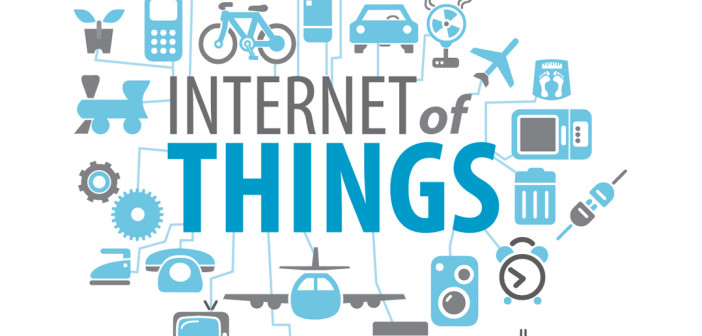Industry has aligned behind standardised, complementary LPWA technologies such as NB-IoT and LTE-M
The GSMA has announced that low power wide area (LPWA) connections are set to exceed 2G, 3G and 4G and become the leading technology for Internet of Things (IoT) connectivity, with 1.4 billion connections by 2022, according to new analysis by Machina Research.
These figures underscore how the industry has aligned behind standardised, complementary LPWA technologies such as NB-IoT and LTE-M, accelerating the development of the market. The GSMA’s Mobile IoT Initiative, which promotes adoption of LPWA technologies, is currently backed by 67 global mobile operators, device makers, chipset, module and infrastructure companies worldwide.
“In the space of nine short months, the GSMA’s Mobile IoT Initiative has established market standards for LPWA that will play a fundamental role in the growth, development and adoption of the technology,” said Alex Sinclair, CTO, GSMA. “There are already several mobile operators around the world running Mobile IoT pilots, and this year, we’ll see commercial launches across a range of sectors, providing complete IoT connectivity and delivering service to billions of new devices.”
LPWA networks are an emerging, high growth area of the IoT, designed to support M2M applications that have low data rates, require long battery lives and operate unattended for long periods of time, often in remote locations. They will be used for a wide variety of applications such as industrial asset tracking, safety monitoring, water and gas metering, smart grids, city parking, vending machines and city lighting.
Added Jim Morrish, founder and chief research officer of Machina Research: “It is clear that LPWA technologies will revolutionise the Internet of Things, combining the ability to provide out-of-the-box connectivity with extremely long battery life. These qualities make LPWA technologies a perfect match for many IoT applications. The widespread availability of LPWA will catalyse the whole IoT ecosystem, supporting new use cases, enabling the increased sophistication and reach of many existing use cases, and accelerating adoption overall.”
Licensed LPWA networks complement and extend conventional wide area networks, allowing operators to optimise their existing high quality mobile network infrastructure through an upgrade which makes use of 2G and 4G cellular technologies, as well as local area networks such as WiFi, Bluetooth and Zigbee. These licensed standards allow operators to optimise their existing mobile network infrastructure through an upgrade to LTE-M for LTE networks, while NB-IoT can use both 2G and 4G spectrum. They are designed to cover all use cases, ensuring customer choice and helping the IoT market to flourish.
The GSMA Mobile IoT initiative is currently supporting the industry in multiple global pilots, with full commercial solutions expected in market later this year.





